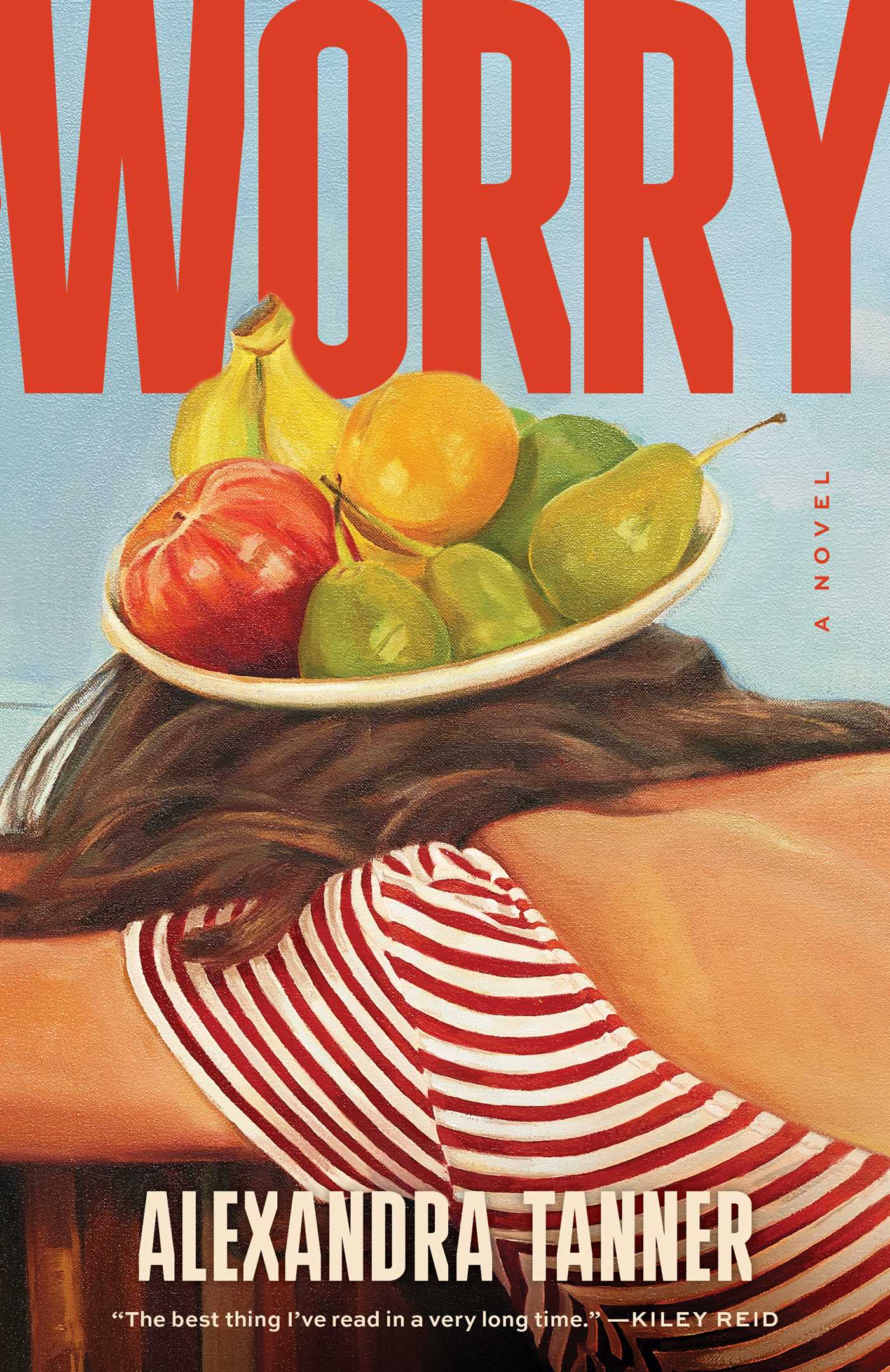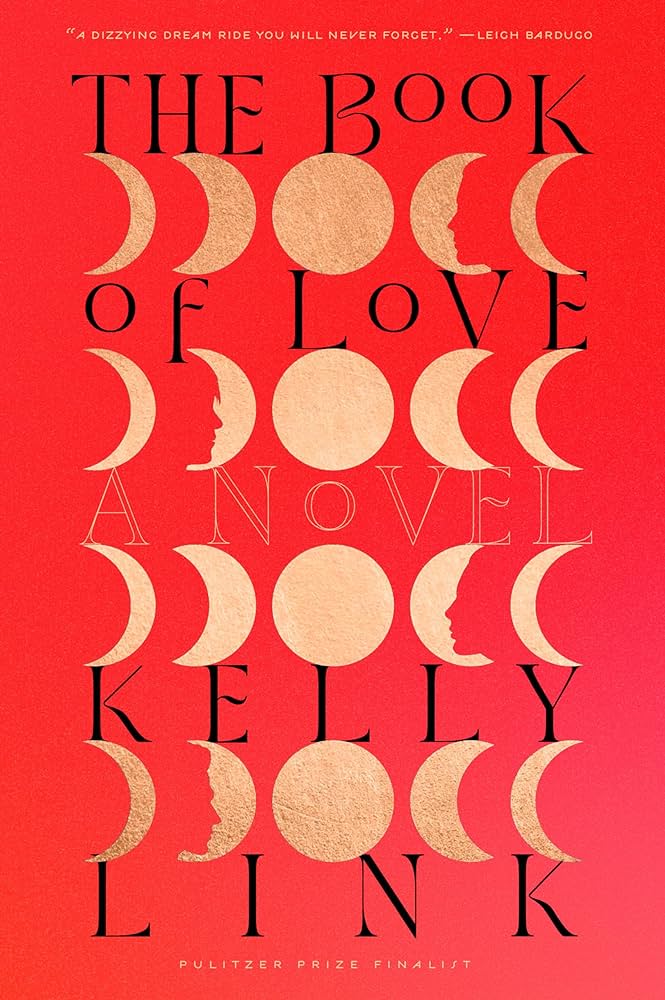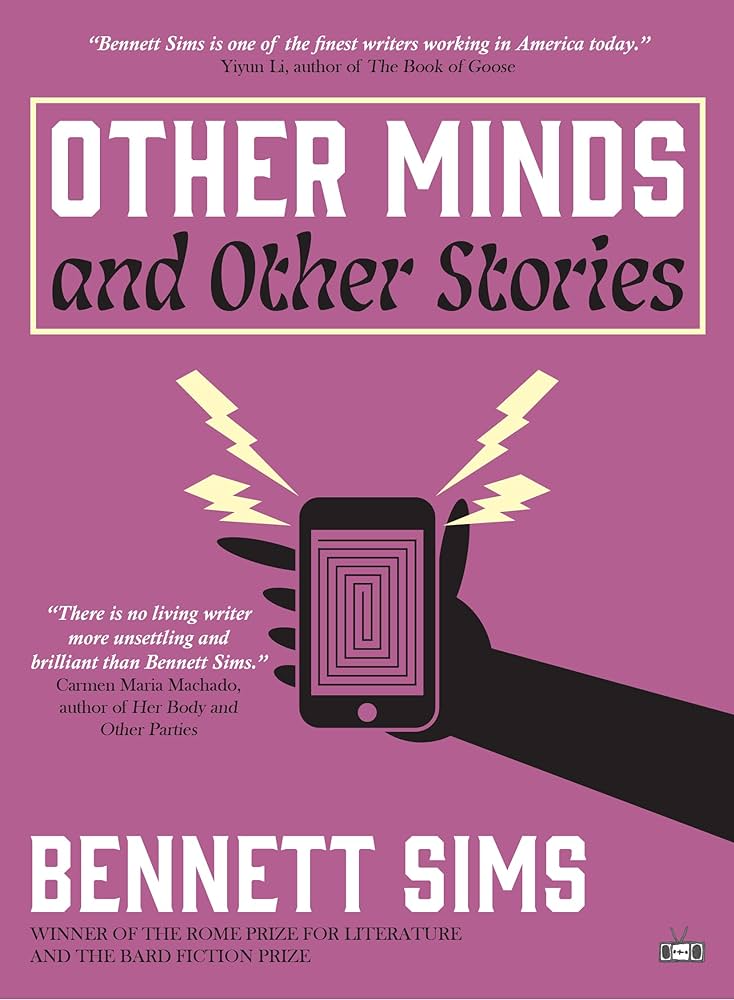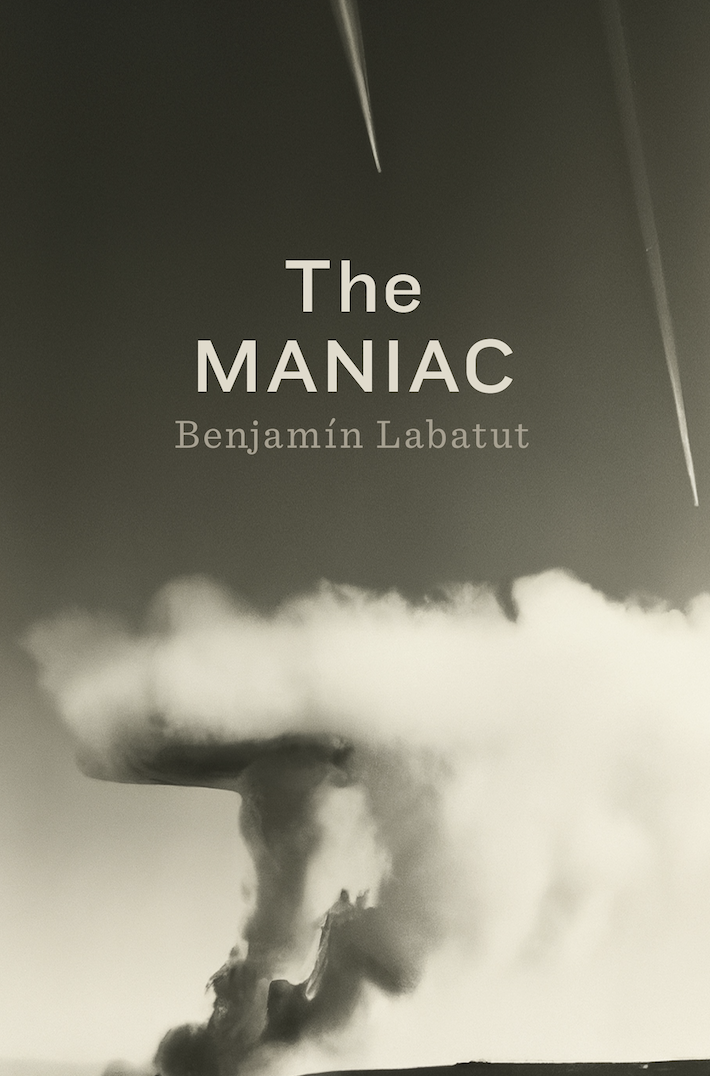 Okay, everyone. Listen up – especially you men out there. There’s a common feeling among casual readers that certain authors are untouchable by the male mind – books that are filled with flowery descriptions and love and all that crap. Books by Woolf, or by either of the Brontes. Or Austen. Or Hugo.
Okay, everyone. Listen up – especially you men out there. There’s a common feeling among casual readers that certain authors are untouchable by the male mind – books that are filled with flowery descriptions and love and all that crap. Books by Woolf, or by either of the Brontes. Or Austen. Or Hugo.
Hugo. Victor Hugo, the man who, without knowing, created a Broadway play, a handful of movies, one of which starred Liam Neeson, and penned one of the best character names – Jean Valjean, a name that, to me, ranks up there with Oakland quarterback Marques Tuiasosopo as a classic in pronunciation. Victor Hugo, the man who posed for this awesome picture, a portrait that somehow symbolizes all that being a male author in the 1800s (and, on into the 1900s, of course) was all about – namely, drinking and hangovers.
Sorry. What were we talking about? Oh – these novels, these books that have been for years embraced by literary women, leaving us men to grasp to more masculine works of fiction, forcing us to “settle” for Hemingway, Faulkner, and Steinbeck. What are they all about? Why do these books seem to radiate such femininity? Am I the only person who feels this?
As part of my ongoing quest to collect reading experiences like a child collecting bruises, I cracked open Hugo’s Hunchback of Notre Dame and attempted to figure out what makes him so great. Sure, he had an amazing ability to write 600-page tomes, but was he actually something special? Did he deserve the romantic role he was put into – the writer who joined the ugly with the beautiful, the despondent with the wealthy?
Well, yeah. He’s good. For those of you who have read Hugo, you have to admit his ability to describe a scene is wonderful. For those who haven’t, don’t fret – it’s not difficult to read a 600-page novel, not when you’re absolutely positive you’ve lived its story before. That’s what Hugo does, and it’s an art that many don’t always appreciate – including myself.
Hunchback isn’t about Esmeralda, the gypsy queen, or about Claude Frollo, an unsympathetic bishop, or even about Quasimodo, the hunchback himself. It’s about the building. It’s about the Cathedral of Notre Dame. It’s about the scenes, and the story behind it, and the history it drives. What Hugo did in writing Hunchback was to create a story where location was king, where the protagonist was the building itself, whether it was under siege or simply biding its time.
For the first 100 pages or so, very little happens plot-wise. Instead, Hugo spends the first sixth of the novel laying a foundation, describing every facet of the building, every road and every character, their motives, their feelings, their drives and fears. From here, the rest of the story nearly writes itself. You’re sucked in. You have no choice in the matter, really, because after the first portion has described every detail of life in Quasimodo’s Paris, you’re part of the story, joined in exploit with the characters due to Hugo’s ability to make everything seem real.
Romantically, Hunchback isn’t as obvious as one might think. Most of the relationships contained therein are either one-sided, gaining an almost “creepy stalker” quality, or are short-lived. In fact, the most romantic item in the book comes at the end, involves death, and is kind of gross. It’s no wonder that the ending was sanitized for Disney audiences, much to the chagrin of true literary snobs.
No, Hugo wasn’t as pure or talented a writer as Dostoyevsky, or Flaubert, or even the aforementioned Austen. But he also doesn’t deserve to be lumped in with the “girls like him because he’s romantic” crowd. Instead, he should be recognized for what he did best – setting the scene, placing the reader into the story, and creating an entire world that can be touched, breathed, and lived in – even if only for a few hundred pages.
Hi. My name is Corey. I’m male, and I’ve read Victor Hugo. And I enjoyed it.
(All together, in unison:) Hi, Corey.
Corey Vilhauer – Black Marks on Wood Pulp
CVBoMC Jan, Feb, Mar, Apr, May, June, July, Aug, Sept, Oct, Nov








